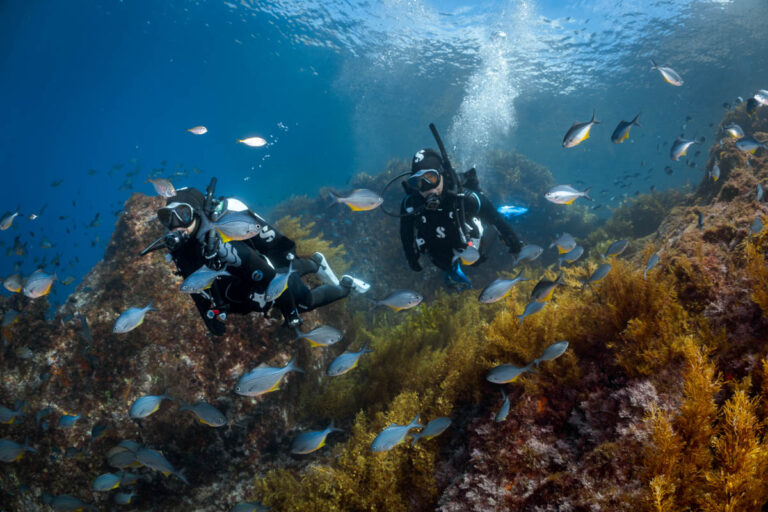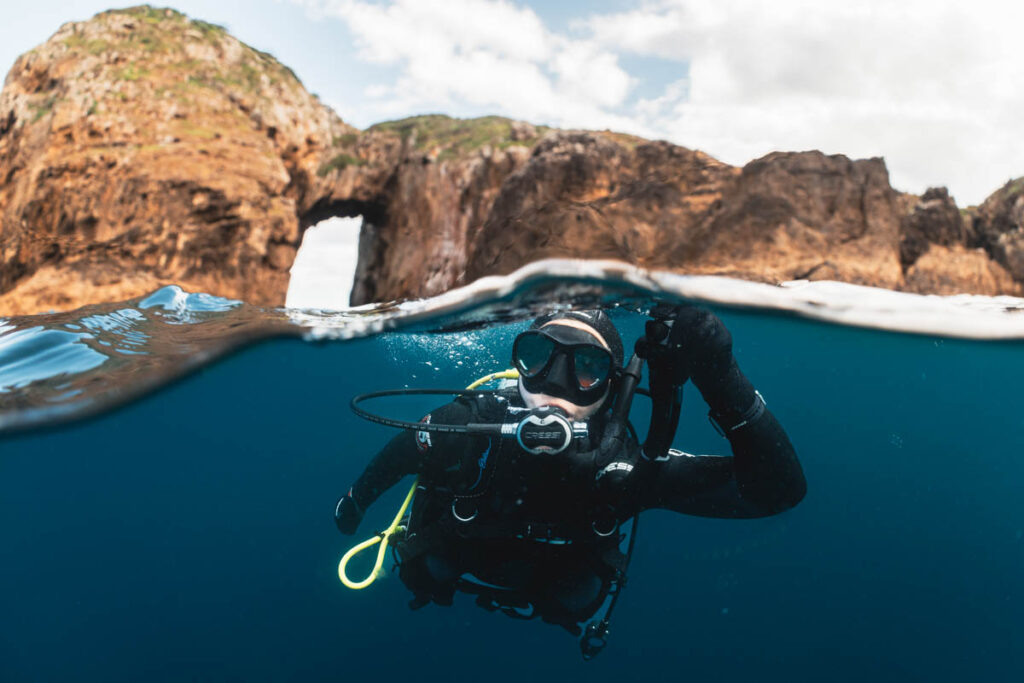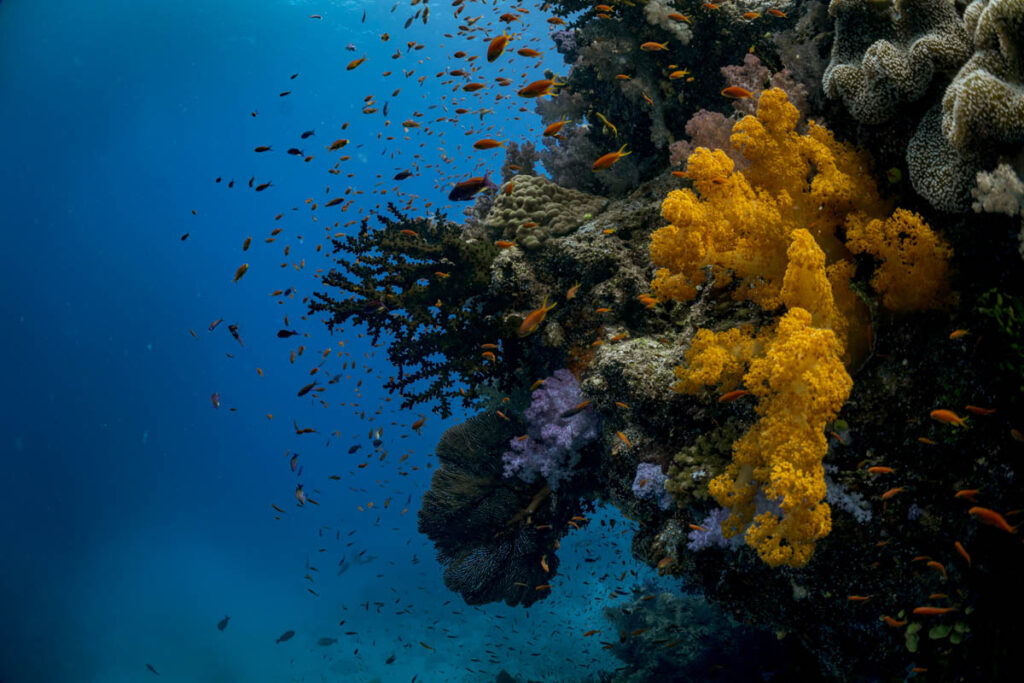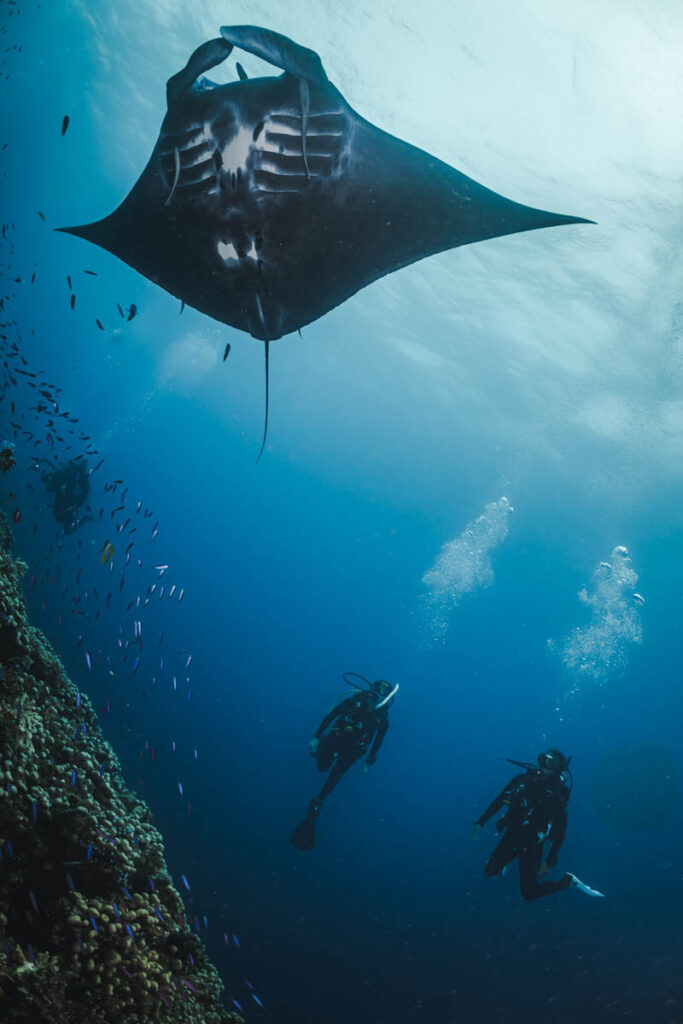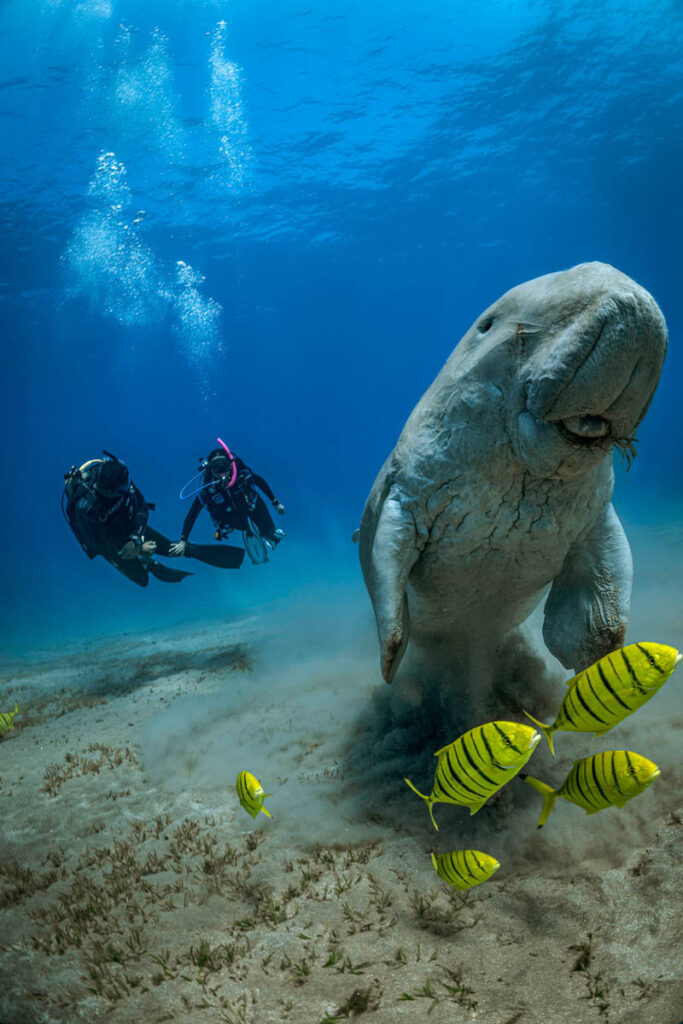Scientists, including those from National Geographic Pristine Seas, find scuba divers are willing to pay more to seek adventure in Marine Protected Areas, estimating an additional USD 2.7 billion spent per annum.
PADI®, the world’s largest scuba diving organization, has been working with National Geographic Pristine Seas for the last three years to help identify the positive effects of protecting scuba diving sites around the world – which was recently published in new peer-reviewed research.
PADI’s global membership of 6,600 PADI Dive Centers and Resorts in over 180 countries helped National Geographic Pristine Seas assemble a database that estimated the number of scuba dives annually, the extent to which protection would increase biomass and biodiversity in an area, and a scuba diver’s willingness to pay access fees to dive in Marine Protected Areas (MPAs).
As a result, the study found that more fully protected dive sites would generate an estimated USD 2.7 billion in additional income globally for the scuba diving industry, most of which would come from access fees paid by divers directly to local communities. This additional protection would also help regenerate marine ecosystems and a new long-term income source for these coastal economies.
“Bottom line, ocean protection benefits marine life, coastal communities and businesses,” remarked Enric Sala, founder of National Geographic Pristine Seas. “Protecting diving sites from fishing and other damaging activities can generate new streams of income and benefit more people. It’s increasingly clear that efforts to protect 30% of the ocean by 2030 are even more beneficial than we thought.”
These research findings directly align with the goals of PADI’s Blueprint For Ocean Action– in which safeguarding recreational dive hotspots around the globe would deliver a host of benefits to tourists, local communities, and marine life. In 2022 PADI Iaunched an ambitious new initiative to establish the world’s largest network of conservation sites aimed at protecting ocean habitats and species threatened with extinction. Supported by Blancpain, founding partner of PADI’s MPA Program, the Adopt The Blue™ program activates a global network of dive sites across the planet to establish more Marine Protected Areas to regenerate local economies and coastlines.
“By PADI joining forces with like-minded global partners such as National Geographic Pristine Seas, we will exponentially increase our positive impact for saving the ocean,” said Dr. Drew Richardson, President & CEO of PADI. “With more marine protected areas, we can reinvigorate the diver experience and regenerate hope for the ocean; and with that comes more people who are inspired to explore the ocean and become Torchbearers to further advocate for safeguarding its future.”
Since 2008, National Geographic Pristine Seas has helped establish 29 of the largest MPAs in the world, covering a total area of 6.9 million square kilometers – more than twice the size of India. Their latest peer-reviewed research joins their resume of over 300 that have already been published.
“If you protect a marine area, more recreational divers will show up and they’ll pay more for the privilege of seeing sensational underwater life,” said Reniel Cabral, a Senior Lecturer at James Cook University and the study’s lead author. “Communities and businesses are leaving money on the table by overlooking the benefits of marine sanctuaries.”
Other key findings from the most recent study include:
- Some 33 million dives take place in the ocean each year, but only 15% of dive sites are fully protected from fishing and other destructive activities
- More MPAs estimated to increase the number of dives annually by 32% (10 million + more per year)
- Egypt, Thailand, and the US host the most scuba diving annually (est. USD 3 million annually)
- Indonesia, Egypt, and Australia host the most dives within MPA borders annually
- The Philippines, the US, and Indonesia would benefit the most economically from designating sanctuaries in popular diving spots.
- The Global South — host to some 62% of recreational dives — is poised to gain the most.
“The potential for the recreational diver industry to create positive ocean change is unparalleled,” continues Richardson. “As the only global community to have the superhero skills to descend beneath the surface and both connect with and help the marine world directly, there is a massive opportunity to change the way we all seek adventure. As the world’s largest scuba diving organization, we can play a key part in reaching the global target of 30% protection by 2030 and enrich both ours and the ocean’s livelihood simultaneously.”



